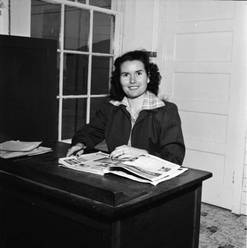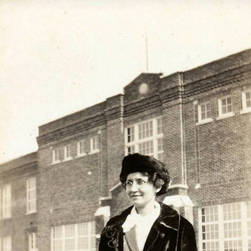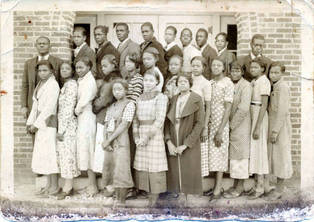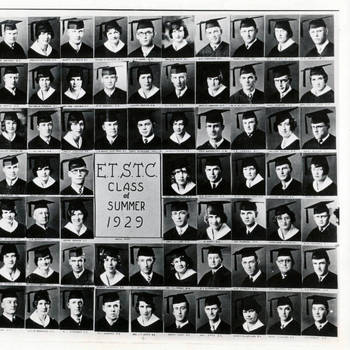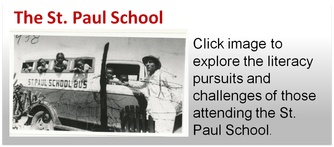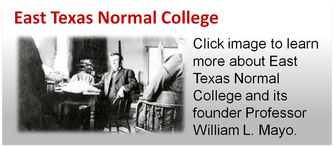Literacy in Northeast Texas: A Broad Look Through the Archives
According to Deborah Brandt, "literacy is valuable--and volatile--property. And like other commodities with private and public value, it is a grounds for potential exploitation, injustice, and struggle as well as potential hope, satisfaction, and reward" (Literacy in American Lives, 2-3).
Northeast Texans saw the value of literacy as a commodity, but it was one commodity that proved to be challenging to obtain. Racism and social and economic challenges were among the many issues they faced. Those who did attempt to acquire literacy were often the first in their families to do so and "worked to pay for that education" (David Gold, Rhetoric at the Margins).
Grounded in the theoretical framework of Deborah Brandt's Literacy in American Lives, the following video uses the history from the Northeast Texas Digital Collections to illustrate Northeast Texans' literacy struggles and the way in which they persevered despite unequal opportunities.
Northeast Texans saw the value of literacy as a commodity, but it was one commodity that proved to be challenging to obtain. Racism and social and economic challenges were among the many issues they faced. Those who did attempt to acquire literacy were often the first in their families to do so and "worked to pay for that education" (David Gold, Rhetoric at the Margins).
Grounded in the theoretical framework of Deborah Brandt's Literacy in American Lives, the following video uses the history from the Northeast Texas Digital Collections to illustrate Northeast Texans' literacy struggles and the way in which they persevered despite unequal opportunities.
Access Denied? Literacy Learning in Historic Northeast Texas
This 4-minute remix extends Deborah Brandt's ethnographical study of literacy learning in south central Wisconsin to historic northeast Texas.
Works cited information can be found here.
Works cited information can be found here.
